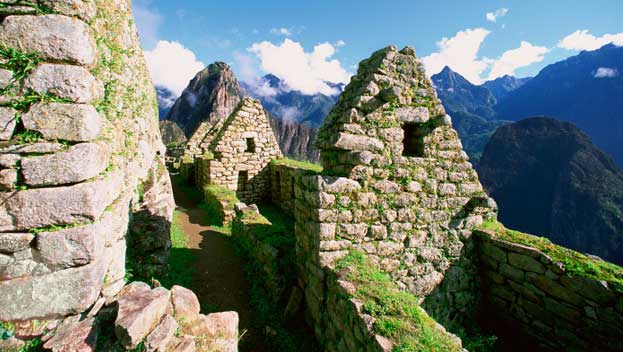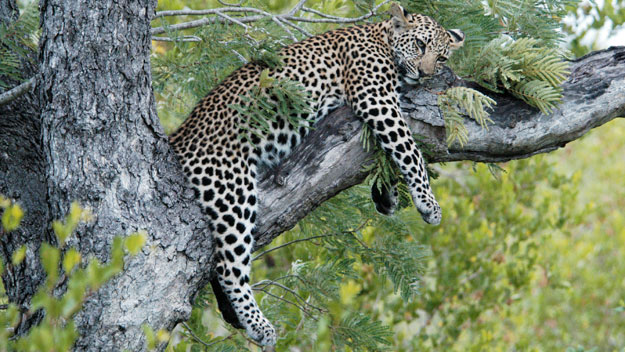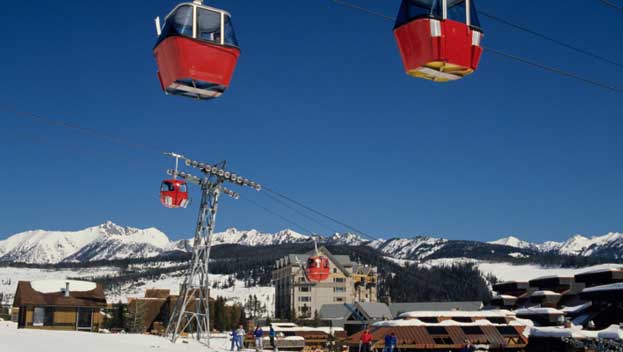Lima – the capital of Peru
My husband, Bob and I, began our odyssey from Peru’s parched coastline to Machu Picchu after arriving at Lima airport at 1.30 on a May morning. The potholed streets of the Peruvian capital were blurry under yellow city lights, muffled by a viscous sea mist off the Pacific Ocean. Casinos line the road from the airport like a lurid necklace. Behind them, acres of flat-topped mud-brick houses, many with holes for windows, and with corrugated-iron roofs held down by rocks, huddle closely. It’s a desert city, where the rain never falls; raw, sprawling and growing so fast, no one can keep count of the thousands of people pouring in each day, looking for a better life.
In Lima, the gap between rich and poor is vast and petty crime is rampant. Café chairs have leather straps to lock your handbags while you eat a sandwich, architecturally bold new houses are built like fortresses, with spiked fence tops and electric alarms. There’s an armed guard in a little wooden cabinet on nearly every block in the affluent suburbs of Mireflores and San Isidro, where little white dogs on diamante leashes tiptoe along the streets in delicate red slippers alongside maids in white uniforms.
Nazca
We made our way south from Lima for 400km along the coast to a rickety little town called Nazca, travelling through a dead, almost lunar, landscape, where sand dunes rise higher than 1000 metres.
Ordinarily, dusty Nazca wouldn’t rate a second glance, but in 1939, during a flight over the almost lifeless red plain, a massive collection of man-made designs, spread over 500 square kilometres, suddenly became clear. These huge outlines of a monkey, owl man, hummingbird, whale, spider, condor, lizard – 300 geometric figures in all – had been made by people piling stones on either side of lines drawn over hundreds of metres in the desert. No one knows how they were created in a time when man couldn’t fly. Or could he? They intrigue, fascinate and even haunt.
Nearby at Chauchilla Cemetery, a massive graveyard where mummies were bundled in exquisitely woven shawls and laid out with pottery for the next life more than 1000 years ago, there are human bones scattered by grave robbers over the centuries. It’s a shattering, ghoulish reminder of the fragility of our existence.
From Nazca we travelled towards the towering Andes to lovely Arequipa, a thriving city of white stone at 2350 metres in a lush river valley surrounded by volcanoes and snow-capped peaks.
We climbed higher and higher, past the wrinkled hills and yellow plains of Salinas y Aguada Blanca National Park. There were llamas, alpacas and even skittish little fawn vicuna, whose delicate fleece fetches $470 a kilo and, before the Spanish conquistadors conquered Peru, was woven into exquisitely fine clothes that only the Inca emperor was allowed to wear. At 4900 metres, the air was bitingly cold and the stones were covered in rock-hard, bright-green lichen that looked like starbursts. As we climbed we knew were getting closer and closer to Machu Picchu. And we couldn’t stop thinking about whether this fable city would awe or disappoint?
At Colca Canyon, where my husband ate guinea pig (cuy) for the first time and declared it delicious, we saw condors surfing the early morning thermals. They are the biggest birds in the world, with a wingspan up to three metres, and they rose up from the emerald river valley far below, in silent majesty.
Lake Titicaca
Lake Titicaca is simply awesome. Imagine, if you can, islands made of reeds that float on a lake many times bigger than Port Philip Bay in Victoria. Families live in golden huts, treading the spongy surface like dancers on a foam-rubber mattress. Young girls wear fiery-coloured skirts over masses of petticoats and comb charcoal black hair in the morning sun. Next to them, women in almost comical bowler hats, cook breakfast on a small flame in a tiny clay oven. It could be theatre, but it’s simply daily life.
La Paz, Bolivia
Then we crossed the border to Bolivia from a wild, cowboy town called Desaguadero. Boys with slippery dark eyes and wearing military uniforms stamped our passports in a windowless cubicle with 1950s wooden desks. There were pencils, ledgers, books with columns – and not a computer in sight. The golden Altiplano (high plains), leading to La Paz, was hemmed by snow-capped mountains and we passed through what felt like lawless towns where traffic was chaotic, pigs scrounged roadsides and livestock sales were in full swing.
Nothing, though, prepared us for the sight of La Paz, a crowded, deafening city of red brick houses perched on wickedly steep hillsides. It was claustrophobic and intense, a bedlam of honking horns, tinny music, car alarms, shouting, screeching brakes, speeding traffic and women in glittering fringed shawls and tall, black bowler hats shouting to each other across the streets. It’s the only city in the world where real estate is worth more the lower it’s located. In winter, when the wind howls off the snow caps, it’s 10 degrees warmer in the bowl of the city. There are no fire brigades, either. There’s not enough oxygen, they say, to fan a big blaze.
La Paz was like stepping back 50 years – and 1000 years. It intrigued, shocked and challenged. Ultimately, though, its energetic, shabby charm was irresistible.
TOUR: Peregrine Adventures (tel: 1300 791 485; www.peregrine adventures.com) has 20 trips to Peru and Bolivia (six trips combined with the Galapagos), including:
+ 12-day Inca Adventure (from $2570), visiting Lima, Cusco, Sacred Valley, Machu Picchu, Lake Titicaca and La Paz in Bolivia.
+ 15-day Highlights of Peru (from $2985), visiting Lima, Arequipa, the Nazca Lines, Colca Canyon, Cusco, Sacred Valley and Machu Picchu.
+ 31-day Lima to La Paz & Galapagos (from $7975) includes destinations above, plus a two-day trek on the Inca Trail and a seven-night cruise to the Galapagos.
+ Orient Express Hotels, Trains and Cruises (www.orient-express.com) operates the Hiram Bingham train from Cusco to Machu Picchu. Passengers spend a leisurely one-day return journey with brunch, afternoon tea at the Sanctuary Lodge (on the threshold of the ancient city), take a tour of the citadel and are served a four-course dinner on the return journey. Orient Express has three luxury hotels in Peru – Monasterio (a former monastery in Cusco), Miraflores Park Hotel (Lima) and Machu Picchu Sanctuary Lodge.
VISA: Only a valid passport and return air ticket are required.
READ: The Lost City of the Incas by Hiram Bingham, Orion, rrp $21.60, (visit www.boomerangbooks.com); Lonely Planet Peru Travel Guide, rrp $33.95.
For more details visit Peru Travel


